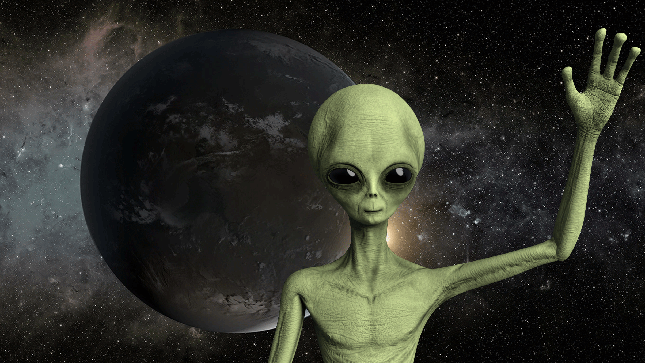Planet where life may be found is 1,000,000,000 years away by car –

If you thought a long-haul flight to Australia was bad enough, try being on a plane for 139million years.
This is how long it would take a jet travelling at 600mph to get to K2-18b, a planet that may (or may not) have alien life.
K2-18b is a massive rock that orbits a dim star 124 light-years from Earth.
Analysis of the exoplanet – a planet outside our solar system – shows that its atmosphere may contain a molecule that smells like cabbage, which, on Earth, has one source.
The easiest way to check if aliens are casually hanging out on K2-18b would be to visit the planet.
But don’t expect to get there anytime soon, according to Nasa.
How long would it take to get to K2-18b?
K2-18b is 124 light-years away. It might not sound like much, yet just a single light year is about 5.9trillion miles.
So the planet is, give or take, 729trillion miles away.
The US space agency says that if you jumped into a car and travelled at 60mph, it would take you 1billion years.
If Katy Perry were in the passenger seat – like she was on the Blue Origin earlier this week – and began belting Firework non-stop, you’d listen to the song about 131.4trillion times.
By bullet train, which zooms at 120mph, you’d be travelling for 694million years.
The Voyager, a probe launched in 1977 and among the fathers human-made objects in space, travels at a slightly faster 38,000mph.
So it would take roughly 2million years to touch ground on K2-18b.
The speediest way to get to K2-18b, of course, would be to travel at light speed – 671million mph – for a travel time of 124 years.
Scientists detected a possible signature of life – what could have made it?
Given that planets like K2-18b are so far away, scientists have had to get creative to figure out what lies on their surfaces.
The Cambridge team used the James Webb Space Telescope (JWST) to study K2-18b’s atmosphere. When an exoplanet drifts past its star, its atmosphere is illuminated.
The gases change the colour of the starlight that reaches the telescope, allowing scientists to figure out the chemical composition.
For now, scientists need to conduct more experiments to understand what today’s paper has really discovered. They’ll need to recreate the possible conditions on K2-18b to see how dimethyl sulphide acts while also studying any additional data from the Webb telescope.
‘But so far, at least, it’s never been aliens… my guess is this is just chemistry doing its thing.’
Scientists might not be screaming aliens right now, but Mark Christopher Lee, a filmmaker and UFO researcher, feels it’ll happen one day.
‘The universe is around 13.8billion years old and there could be life and civilisations at least 5billion years ahead of us on Earth,’ Lee told Metro.
‘These civilisations, to us, would be indistinguishable from magic.’


good babe